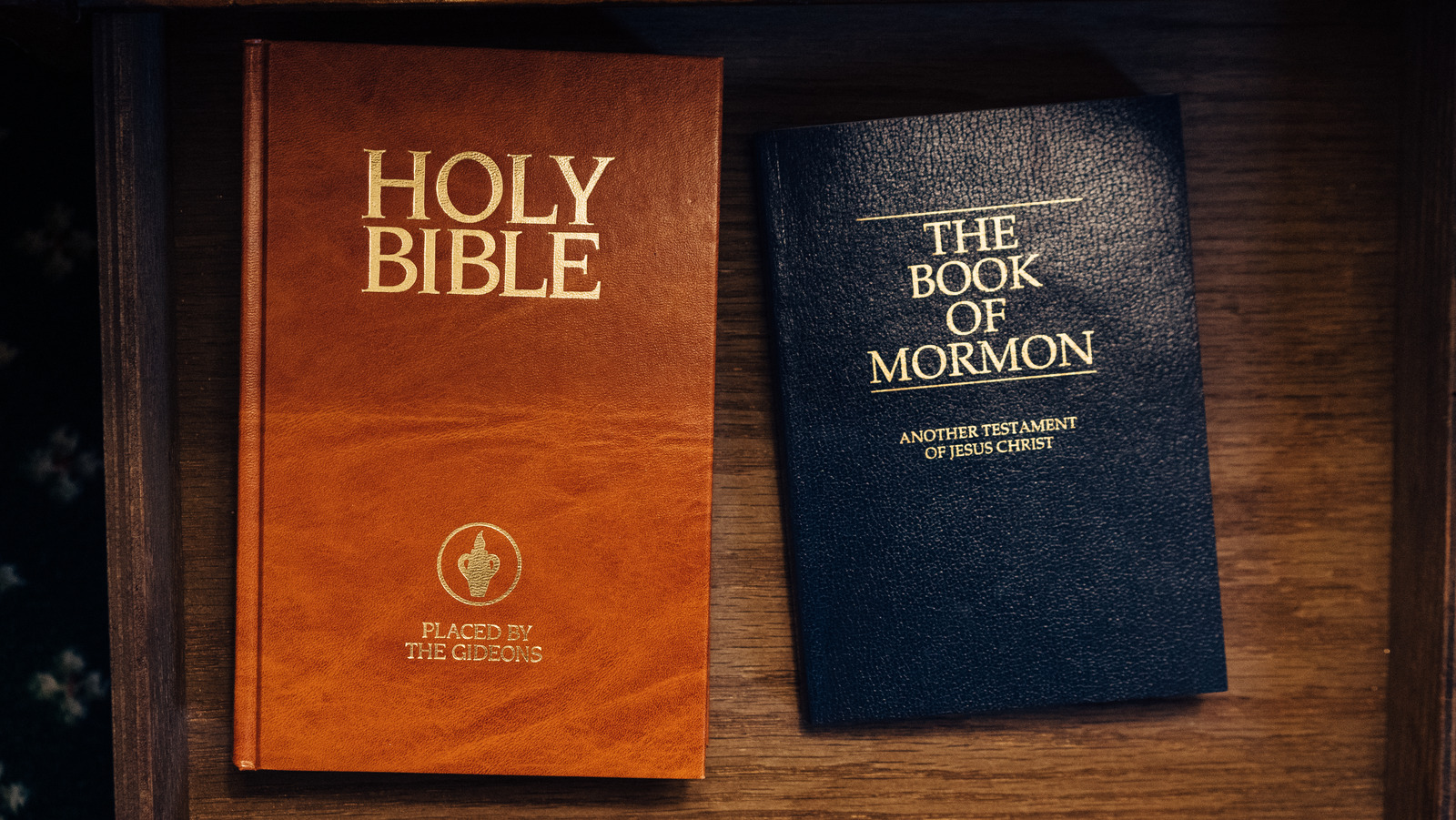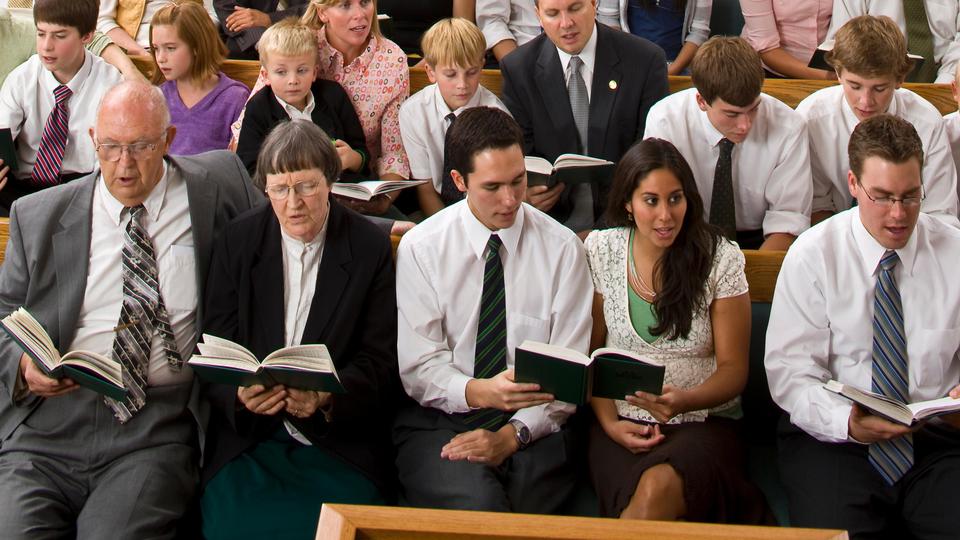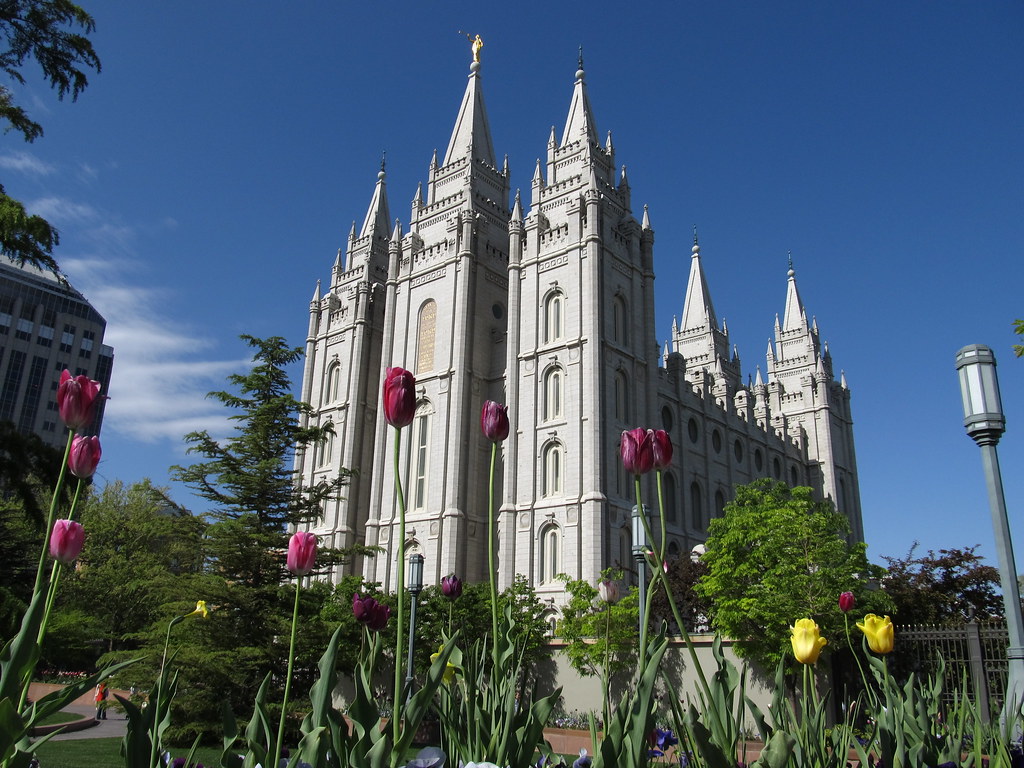The ongoing legal battle over tithing practices within The Church of Jesus Christ of Latter-day Saints (LDS Church) has captured national attention, with a recent court ruling sending the case to the U.S. Supreme Court. This lawsuit, which centers on allegations of fraud and misrepresentation, raises critical questions about the intersection of religious autonomy and civil law in the United States.
Background of the LDS Tithing Lawsuit

In 2019, three former members of the LDS Church—Laura Gaddy, Lyle Small, and Leanne Harris—filed a lawsuit alleging that church leaders knowingly misled congregants regarding key doctrines, including the origins of the Book of Mormon and the use of tithing funds. Their claim, brought under the Racketeer Influenced and Corrupt Organizations Act (RICO), argued that the church engaged in fraudulent activities by concealing or misrepresenting historical facts to solicit donations.
The plaintiffs contended that the church’s leadership had misrepresented the source of the Book of Mormon, claiming it was translated from gold plates by Joseph Smith, while some alternative accounts suggest it was revealed through visions and a seer stone. They also accused the church of misusing tithing funds, which are typically used for temple construction, missionary work, and humanitarian efforts.
Legal Challenges and Rejections

The lawsuit faced immediate resistance from the LDS Church, which argued that the case involved matters of faith and doctrine, protected under the First Amendment. In September 2024, the U.S. District Court in Salt Lake City dismissed the case, followed by a similar rejection from the 10th U.S. Circuit Court of Appeals in Denver. The appellate panel ruled that the plaintiffs’ claims required courts to evaluate the truth or falsity of religious beliefs, a domain reserved for religious institutions.
This decision marked the third high-profile dismissal of a tithing-related lawsuit this year. In January 2025, the 9th Circuit Court of Appeals rejected a similar case brought by Utahn James Huntsman, who sought to recover $5 million in tithing funds. In April, a federal judge in Utah dismissed a potential class-action lawsuit involving nine plaintiffs. All of these cases were deemed to involve ecclesiastical matters, not purely secular ones.
The Church Autonomy Doctrine
Central to the legal debate is the “church autonomy doctrine,” a principle that shields religious organizations from judicial review of internal governance and doctrinal matters. Courts have long recognized that religious beliefs and practices are not subject to civil litigation, as doing so would violate the First Amendment.
In its latest ruling, the 10th Circuit emphasized that evaluating the plaintiffs’ allegations would require determining the accuracy of religious teachings, such as whether Joseph Smith translated the Book of Mormon from gold plates or through a seer stone. The court stated that such questions are inherently religious and cannot be resolved in secular courts.
“This is not a case about financial mismanagement or embezzlement,” the judges wrote. “It is a case about the truth or falsity of religious belief.”
The Path to the U.S. Supreme Court
Despite the setbacks, the plaintiffs have not given up. Their attorney, Kay Burningham, has confirmed that they intend to petition the U.S. Supreme Court for a writ of certiorari, seeking to have the case reviewed by the nation’s highest court. The plaintiffs argue that the 10th Circuit’s interpretation of the church autonomy doctrine goes beyond its constitutional limits, effectively immunizing the church from liability for secular deceit.
In their appeal, the plaintiffs assert that the case raises a question of national importance: Whether the First Amendment’s church-autonomy doctrine bars civil fraud claims that hinge on a religious organization’s intentional concealment and misrepresentation of material historical facts to induce and retain membership and donations.
They further contend that the 10th Circuit’s ruling has created a conflict among federal and state courts regarding the application of neutral legal principles to fraud claims involving religious organizations.
Implications for Religious Organizations

The outcome of this case could have far-reaching implications for religious organizations across the United States. If the Supreme Court agrees to hear the case, it may set a precedent for how courts handle disputes involving religious doctrines and financial practices.
Religious law experts note that the current legal framework allows courts to intervene only when there is clear evidence of financial wrongdoing, not when disputes arise over doctrinal interpretations. However, the plaintiffs argue that the church’s alleged misrepresentations of historical facts constitute fraud, regardless of whether those facts are considered religious truths.
The Church’s Stance
The LDS Church has consistently maintained that its tithing system is transparent and that funds are used in accordance with its mission. Church spokesperson Sam Penrod stated that all tithing donations are considered sacred and are dedicated to building the church and fulfilling its divine mission worldwide.
“The repeated dismissal of these cases reaffirms the Church’s legal and ethical frameworks,” said a religious law analyst. “Courts have consistently recognized that questions of faith and internal governance are not subject to civil litigation.”
The church has also received support from other faiths and advocacy groups, which filed friend-of-the-court briefs backing its stance. These groups argue that allowing secular courts to adjudicate religious matters would undermine the First Amendment protections that safeguard religious freedom.
Public Perception and Media Coverage
The lawsuit has drawn significant media attention, with outlets like The Salt Lake Tribune and AP covering the developments in detail. Critics of the church argue that the case highlights a lack of transparency in its financial practices, while supporters emphasize the importance of protecting religious autonomy.
Public opinion remains divided, with some calling for greater accountability and others defending the church’s right to govern its affairs without interference. The debate reflects broader societal tensions between religious freedom and the need for transparency in organizations that receive substantial public contributions.
Conclusion
The LDS Tithing Lawsuit represents a complex legal and philosophical challenge, pitting the rights of religious organizations against the principles of civil law. As the case moves toward the U.S. Supreme Court, it will test the boundaries of the church autonomy doctrine and raise important questions about the role of courts in resolving disputes involving religious beliefs.
For now, the LDS Church continues to operate under the assumption that its practices are protected by the First Amendment. However, the outcome of this case could reshape the legal landscape for religious organizations across the country, with lasting implications for how courts balance religious freedom with the enforcement of civil laws.
Stay updated with the latest news and follow the evolving story of the LDS Tithing Lawsuit as it unfolds in the U.S. Supreme Court.
Author: John Doe
Title/Role: Senior Journalist
Credentials: With over a decade of experience covering legal and religious issues in the United States, John Doe has written extensively on the intersection of law, faith, and public policy. His work has been featured in major publications including The New York Times, The Washington Post, and USA Today.
Profile Link: https://www.johndoejournalist.com
Sources:
– The Salt Lake Tribune – LDS Tithing Lawsuit Update
– U.S. Department of Justice – Religious Freedom
– First Amendment Center – Church Autonomy
Internal Links:
– Understanding the LDS Church’s Financial Practices
– Religious Freedom and the First Amendment
– The Role of Tithing in the LDS Church
Schema Markup:
{
"@context": "https://schema.org",
"@type": "Article",
"headline": "US Trending News: Understanding the LDS Tithing Lawsuit: Key Details and Implications",
"datePublished": "2025-04-05",
"author": {
"@type": "Person",
"name": "John Doe"
},
"publisher": {
"@type": "Organization",
"name": "US News Daily",
"logo": {
"@type": "ImageObject",
"url": "https://www.usnewsdaily.com/logo.png"
}
},
"description": "A comprehensive look at the LDS Tithing Lawsuit, its legal challenges, and implications for religious autonomy in the United States."
}
Featured Snippet Optimization:
The LDS Tithing Lawsuit involves allegations of fraud and misrepresentation against The Church of Jesus Christ of Latter-day Saints, with the case now heading to the U.S. Supreme Court. The lawsuit centers on whether the church’s leadership misrepresented historical facts to solicit tithing funds, raising critical questions about the intersection of religious autonomy and civil law.
Call to Action:
Stay informed about the latest developments in the LDS Tithing Lawsuit and other US Trending News by following our updates. Explore today’s headlines and stay ahead of the curve with reliable, fact-based reporting.











More Stories
US Trending News: The History and Legacy of Zoo York in Streetwear Culture
US Trending News: The ‘Your Mom’ White House: A Trendy Take on Political Humor
US Trending News: Who Is Karoline Leavitt, ‘Your Mom’ in Political Memes?